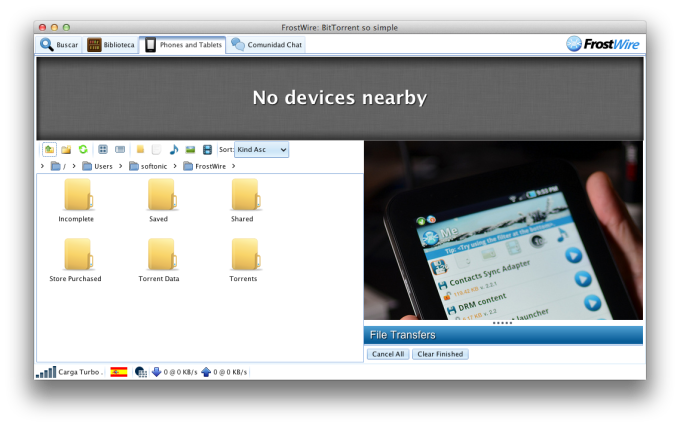
- Front wire for mac mac os x#
- Front wire for mac install#
- Front wire for mac serial#
- Front wire for mac drivers#
- Front wire for mac driver#
The uncompromising attention to the physical size of the implant isn't where we stopped. They are also extremely impactful tools for teaching and training. These cables will allow you to test new detection opportunities for your defense teams. Until now, a cable like this would cost $20,000 (ex: COTTONMOUTH-I). It is designed to allow your Red Team to emulate attack scenarios of sophisticated adversaries.
Front wire for mac serial#
In the example below, the serial device is /dev/cu.The O.MG Cable is a hand made USB cable with an advanced implant hidden inside. Your serial interface device name is found with ls /dev/cu.* (as shown above).Īlways launch minicom, with your selected serial adapter plugged in and available to avoid an error. Then, Save setup as dfl (default) and Exit. Run minicom -s first to configure your serial interface device name, and other options. Add the following line to the bottom of the file: /opt/minicom/2.2/bin, save and exit - then relaunch the terminal.Then manually edit your $PATH with sudo nano /private/etc/paths.Download and run the minicom 2.2 package installer.Minicom supports VT100 emulation, which means it sorta kinda works with Meridian Mail (Function keys: fn + f-key).
Front wire for mac install#
(use 'enter' or 'space' to scroll, and 'q' to quit).Īlternatively, if you'd like a few more features, and a retro feel, you can install minicom 2.2. Type man screen in Terminal for further information on screen. To quit the screen app, type CTRL-A, then CTRL-\.Then type: screen /dev/cu.usbserial 9600 (in this example).With the USB-Serial adapter plugged in, you'll get a list, including something like this: Screen lacks some features, but it does include VT100/ANSI terminal emulation, and can be extremely useful.
Front wire for mac mac os x#
It's not actually necessary to download an install extra software, as you can use the Mac OS X built in Terminal and screen.
Front wire for mac driver#
Note: If you can't find a driver for your adapter (eg, Belkin), try Serial which has built-in support for many USB-Serial devices. For a GUI solution, see OS X Serial Port Apps.Two terminal methods are Screen and Minicom.We now need to install some terminal emulation software before we can connect to anything. Having installed the right driver, our USB-Serial adapter will show up in /dev/cu.* (shown above). dev/cu.* devices do not assert DCD, so they will always connect (respond or succeed) immediately. The technical difference is that /dev/tty.* devices will wait (or listen) for DCD (data-carrier-detect), eg, someone calling in, before responding. We want to call-out from our Mac, so /dev/cu.* is the correct device to use. So, what's the difference? Well, TTY devices are for calling into UNIX systems, whereas CU (Call-Up) devices are for calling out from them (eg, modems).

You might notice that each serial device shows up twice in /dev, once as a tty.* and once as a cu.*. Note: Check your adapter works after an OS Update, as you may have to re-install the driver.


Select this port name in a terminal program. This indicates the USB-Serial driver is working. dev/cu.Bluetooth-PDA-Sync /dev/cu.usbserial dev/cu.Bluetooth-Modem /dev/cu.iPhone-WirelessiAP
Front wire for mac drivers#

Mac's are excellent tools for accessing serial device TTY ports (to console into PBX's, switches, and routers).


 0 kommentar(er)
0 kommentar(er)
